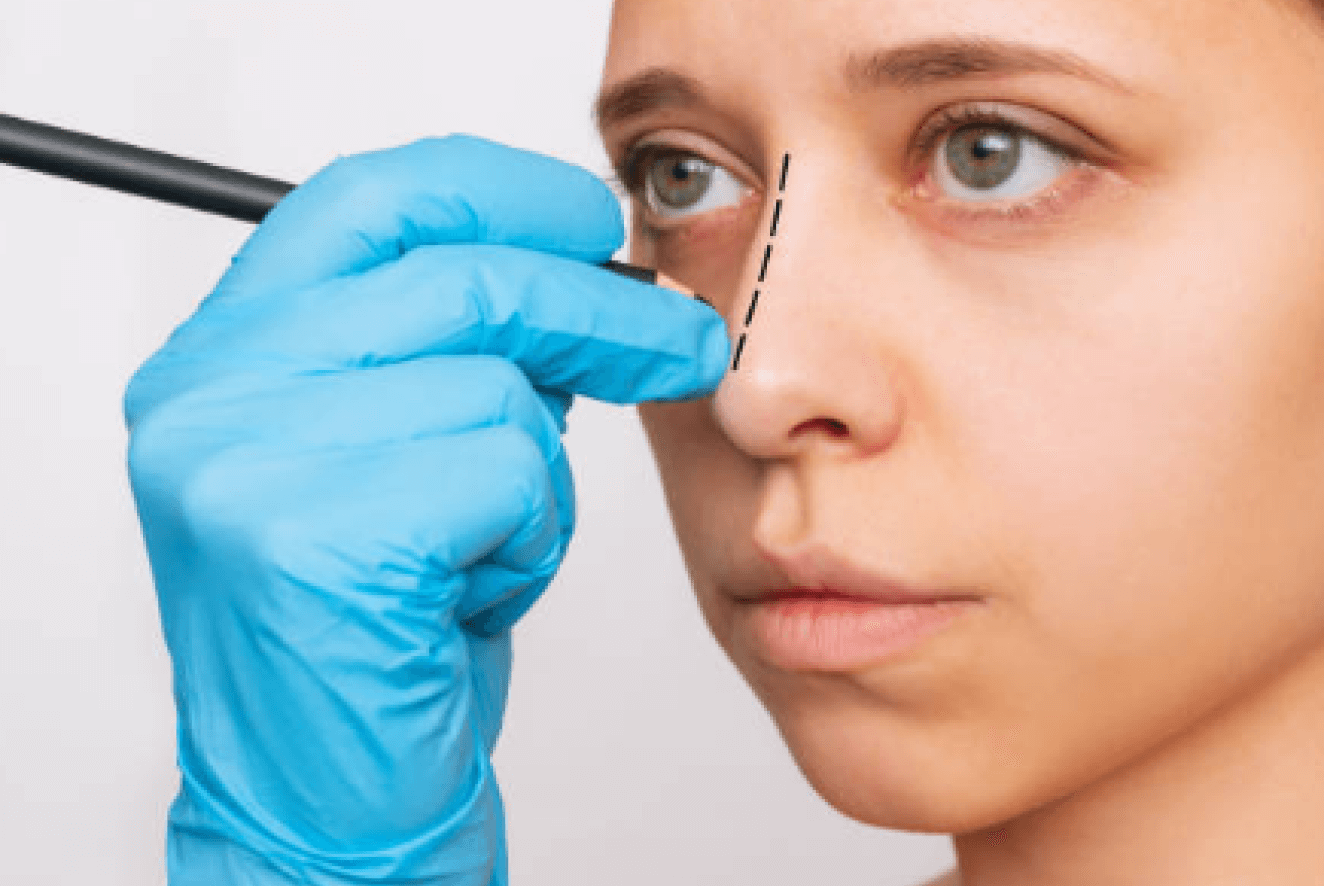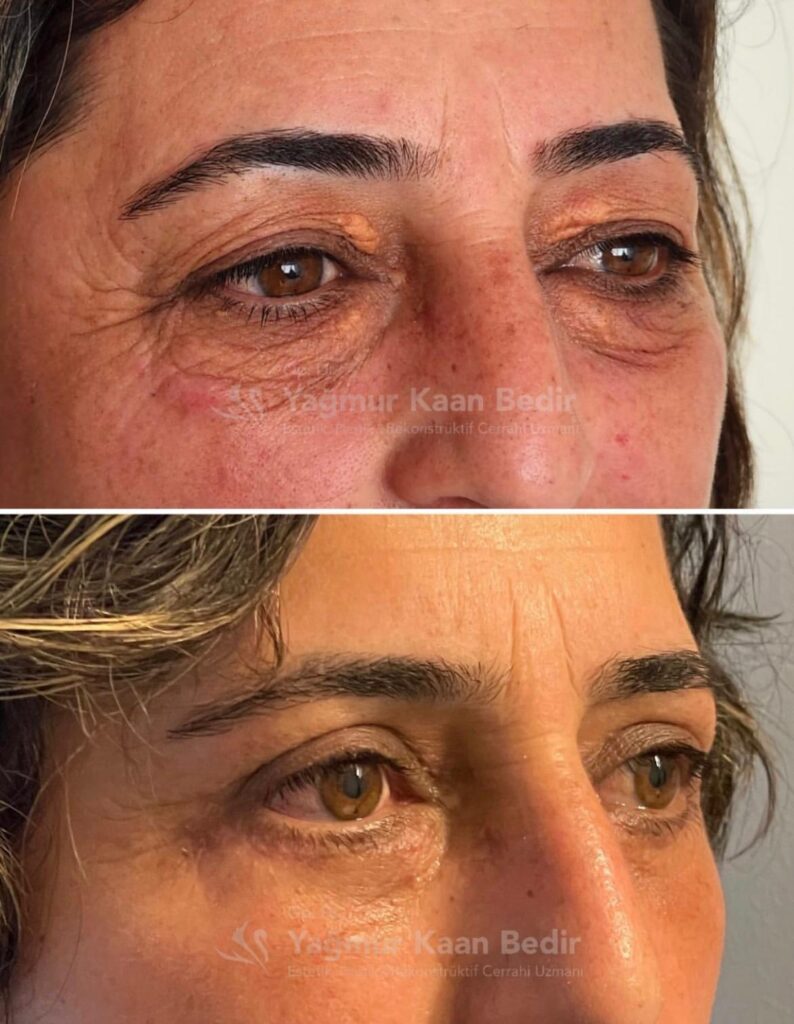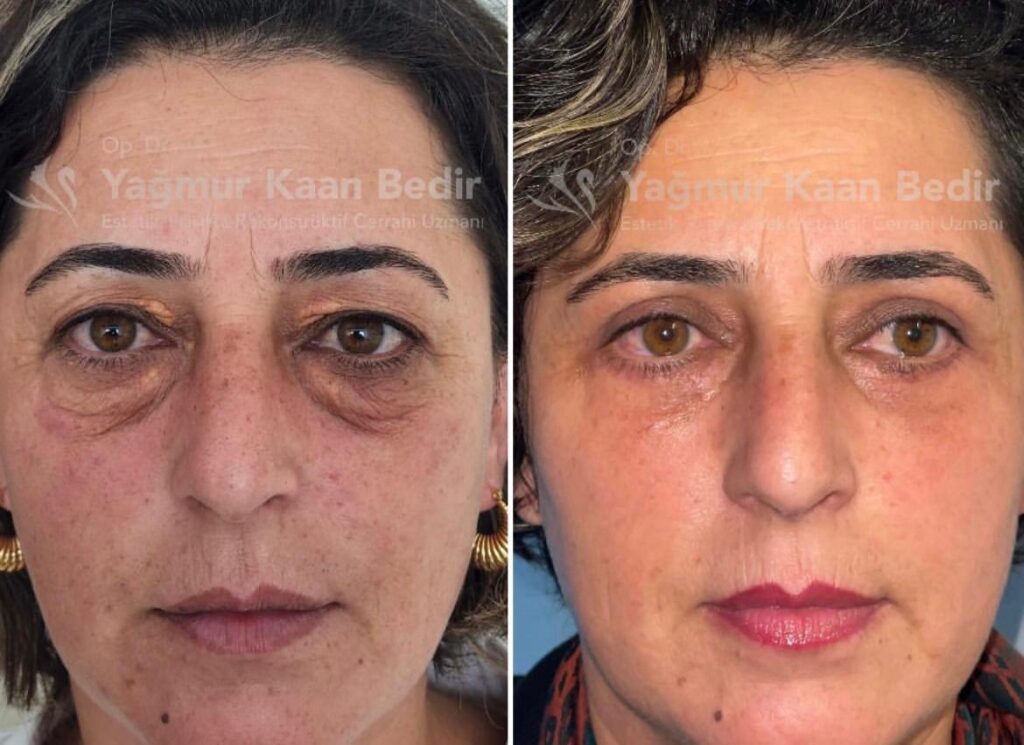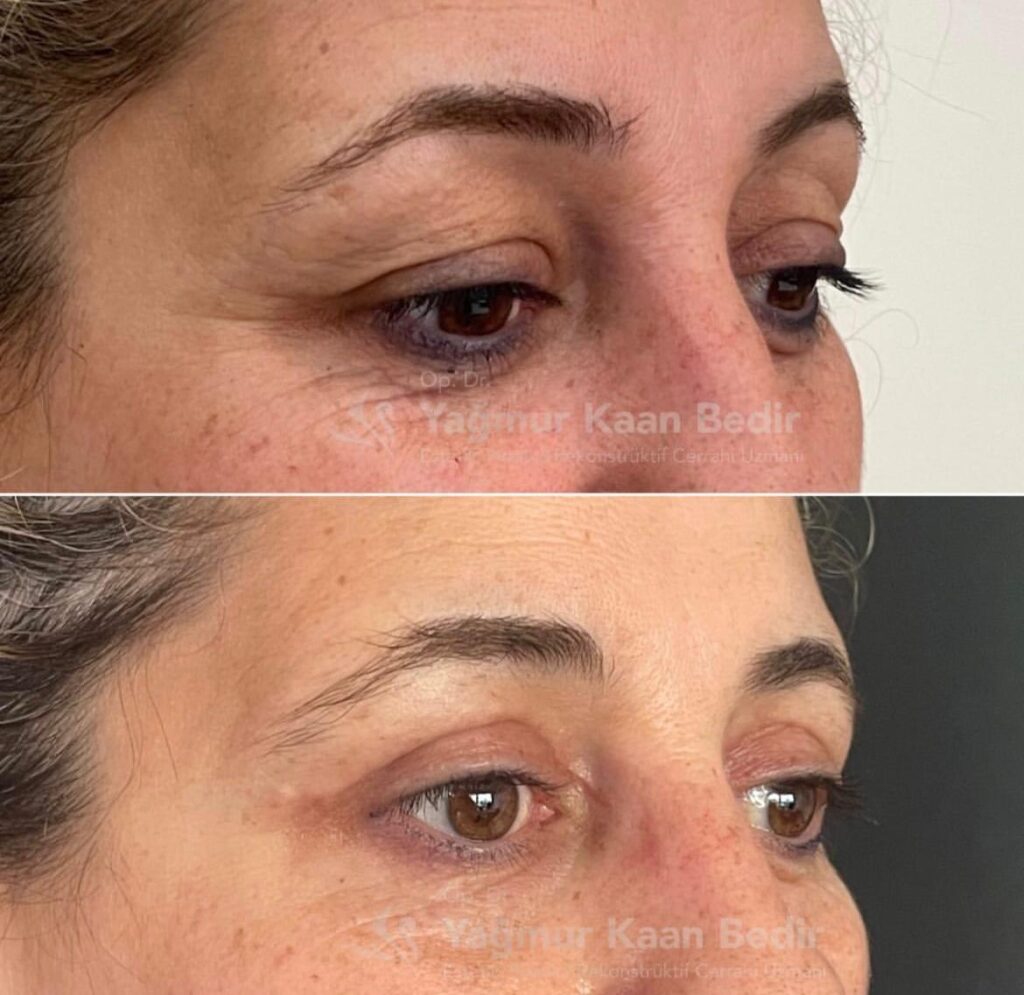Satisfied Patients
Years of Experience
Award wining Procedures

Blepharoplasty, commonly referred to as eyelid surgery, is a cosmetic surgical procedure designed to enhance the appearance of the upper and lower eyelids by removing excess skin, fat, and muscle. This procedure can be performed for both aesthetic and functional reasons. Many individuals opt for upper eyelid surgery to correct sagging that gives a tired look or obstructs vision. Others undergo lower eyelid surgery to eliminate puffiness, under-eye bags, and wrinkles, creating a more youthful and rejuvenated appearance.
Blepharoplasty is often sought by individuals experiencing signs of aging, as the skin loses elasticity over time, leading to drooping or puffiness. While it is a popular cosmetic surgery, some patients require the procedure for medical reasons, particularly when droopy eyelids impair their visual field. The surgery provides long-term benefits and is performed by board-certified plastic surgeons or ophthalmic surgeons specialized in facial aesthetics.
Blepharoplasty is a surgical procedure that requires careful planning and precision. The procedure generally follows these steps:
The surgery can be performed under local anesthesia with sedation or general anesthesia, depending on the complexity of the case and patient preference. Local anesthesia is commonly used for minor corrections, while general anesthesia is preferred for extensive procedures or combined surgeries.
The surgeon makes precise incisions to ensure minimal scarring. The upper eyelid incision is placed along the natural crease, while the lower eyelid incision is made either below the lash line or inside the eyelid (transconjunctival technique).
Excess skin is trimmed to reduce sagging. Fat deposits are removed or repositioned to eliminate puffiness. Muscle tissue may be adjusted to enhance eye contour and support.
The incisions are carefully closed using fine sutures, dissolvable stitches, or surgical adhesive, ensuring minimal scarring and a smooth healing process.
Blepharoplasty provides both cosmetic and functional benefits, making it a sought-after procedure for individuals looking to restore a youthful and refreshed appearance.
Removes tired, droopy eyelids and under-eye puffiness, enhancing the overall facial aesthetic.
Eliminates obstructed peripheral vision caused by sagging upper eyelids.
Unlike temporary solutions such as fillers, blepharoplasty offers permanent improvements in eyelid structure.



Several different techniques and approaches are used in blepharoplasty, each catering to specific concerns related to the upper and lower eyelids. The most common types include:
This procedure focuses on the removal of excess skin, fat, and muscle from the upper eyelid to create a brighter, more youthful look. Many patients choose upper blepharoplasty to address sagging skin that may cause vision obstruction or contribute to an aged, fatigued appearance. The incision is typically made along the natural crease of the eyelid, ensuring that scarring remains minimal and well-hidden.
Lower blepharoplasty is performed to correct under-eye bags, puffiness, and wrinkles. The surgeon may reposition or remove fat deposits, tighten the skin, and improve contours around the lower eye area. This technique is ideal for eliminating signs of aging or genetic puffiness, resulting in a refreshed and well-rested look.
This minimally invasive technique involves making incisions inside the lower eyelid, rather than externally. It is particularly beneficial for patients who do not require skin removal but need fat repositioning or removal to improve the appearance of under-eye puffiness. Since there are no external incisions, there is no visible scarring, making it a preferred choice for younger patients or those with good skin elasticity.


Privacy Policy | Terms & Conditions
© 2025 Better Version Lab. All Rights Reserved.